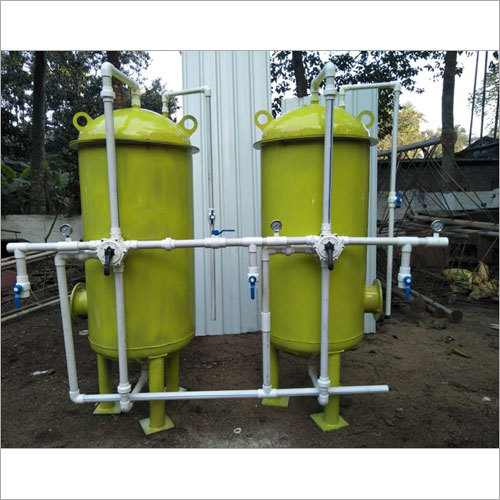Arsenic Removal Plant
Advanced Arsenic Removal Plant designed to deliver safe, arsenic-free drinking water with high efficiency, low maintenance, and long-lasting performance — ideal for homes, industries, and communities.
Overview
Arsenic contamination in groundwater is a serious health concern, particularly in regions where natural deposits of arsenic dissolve into underground water sources. Long-term consumption of arsenic-contaminated water can lead to severe health issues, including skin lesions, cardiovascular diseases, and even cancer. Our Arsenic Removal Plant is designed with advanced treatment technology to ensure safe, clean, and arsenic-free water for domestic, commercial, and industrial use.
How It Works
Our plants use adsorption, ion exchange, coagulation-filtration, and membrane-based processes to effectively remove arsenic (both As(III) and As(V)) from contaminated water. The system is customized depending on the arsenic concentration, water quality, and flow requirements.
- High Removal Efficiency – Eliminates arsenic to meet WHO and BIS drinking water standards.
- Low Operating Cost – Energy-efficient and requires minimal maintenance.
- Scalable Design – Available in compact models for households as well as large units for industries and municipalities.
- User-Friendly Operation – Simple control panel and automated features for hassle-free use.
- Durable & Reliable – Built with corrosion-resistant materials for long-lasting performance.
- Rural and urban drinking water supply
- Schools, hospitals, and housing societies
- Industrial water treatment
- Community water distribution projects
- Provides safe and arsenic-free water for drinking and cooking.
- Protects communities from long-term health hazards.
- Complies with international drinking water quality standards.
- Environmentally friendly with sustainable treatment solutions.

